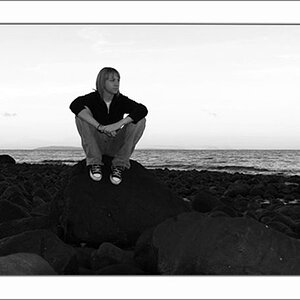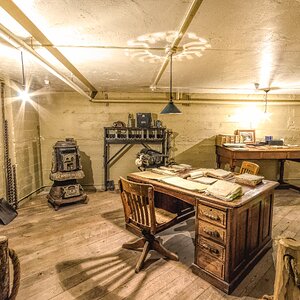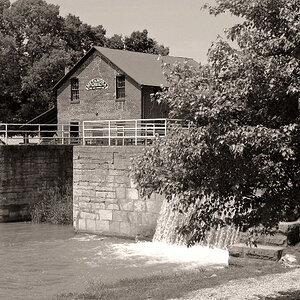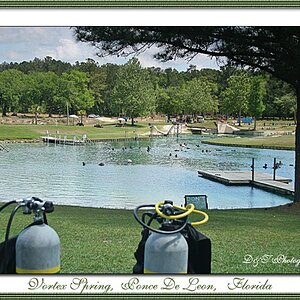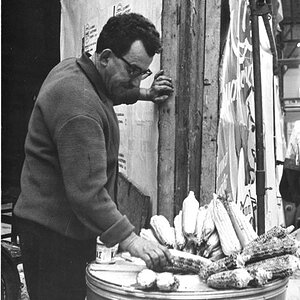EchoingWhisper
TPF Noob!
- Joined
- Aug 12, 2011
- Messages
- 1,553
- Reaction score
- 54
- Location
- Malaysia
- Can others edit my Photos
- Photos OK to edit
How does Macro Extension Tubes work? I've Googled but still no luck.
How do they reduce focus distance of a lens and how do you calculate? If it is not possible, what is needed for a Nikkor 18-105mm lens for 1:1 magnification?
How do they reduce focus distance of a lens and how do you calculate? If it is not possible, what is needed for a Nikkor 18-105mm lens for 1:1 magnification?


